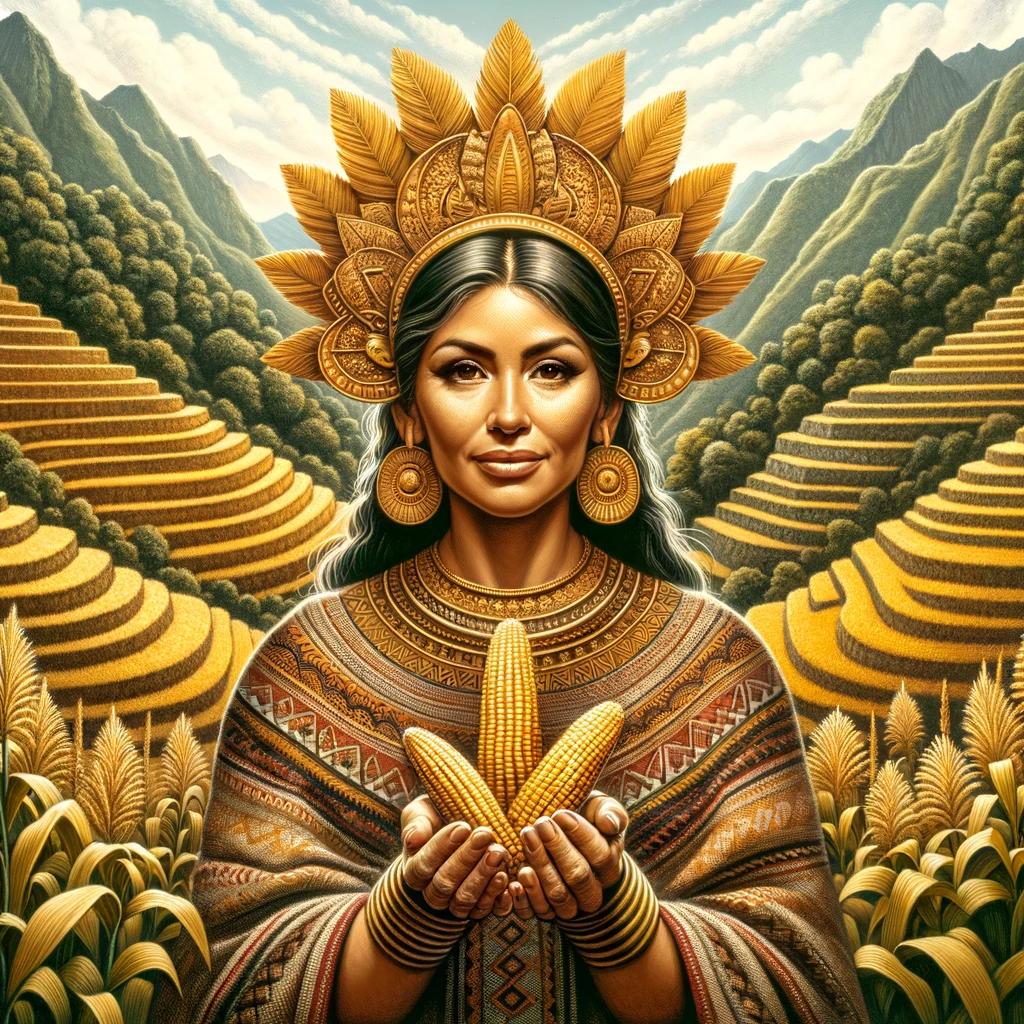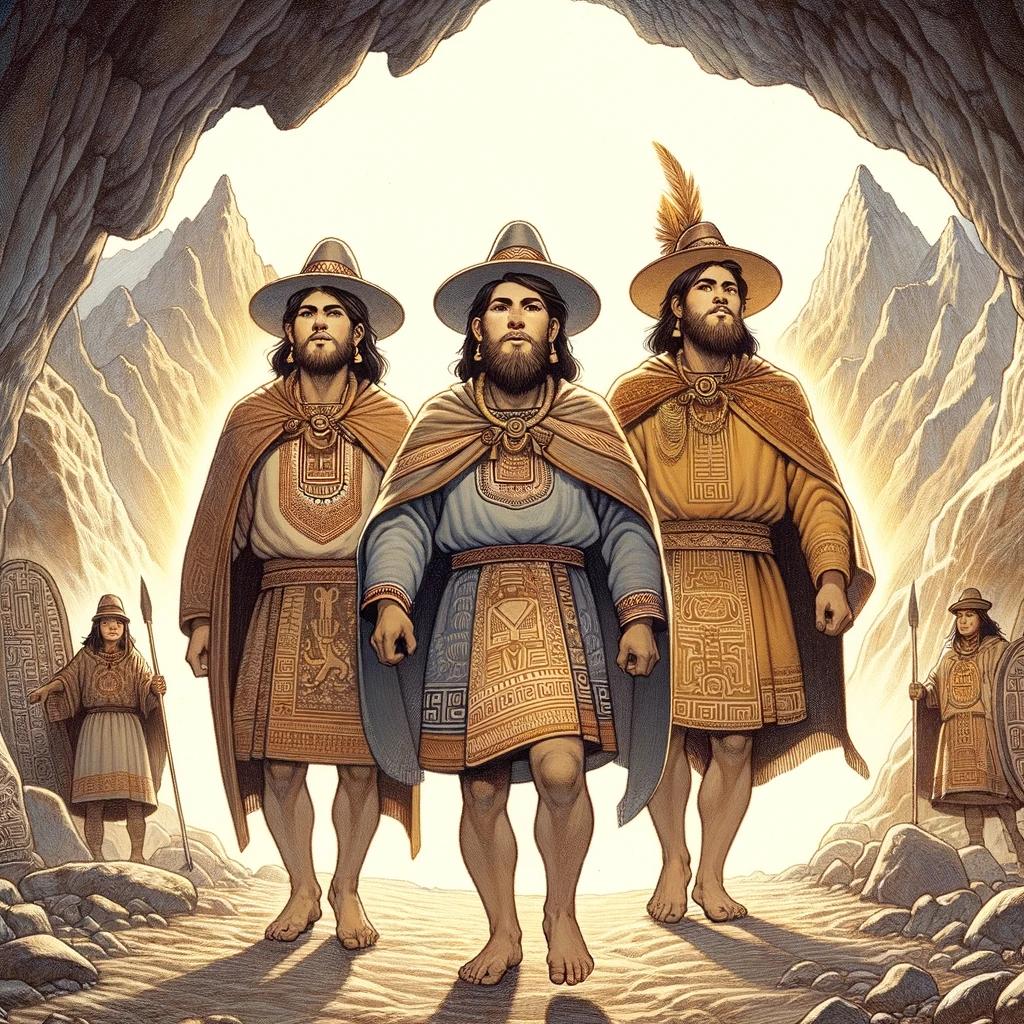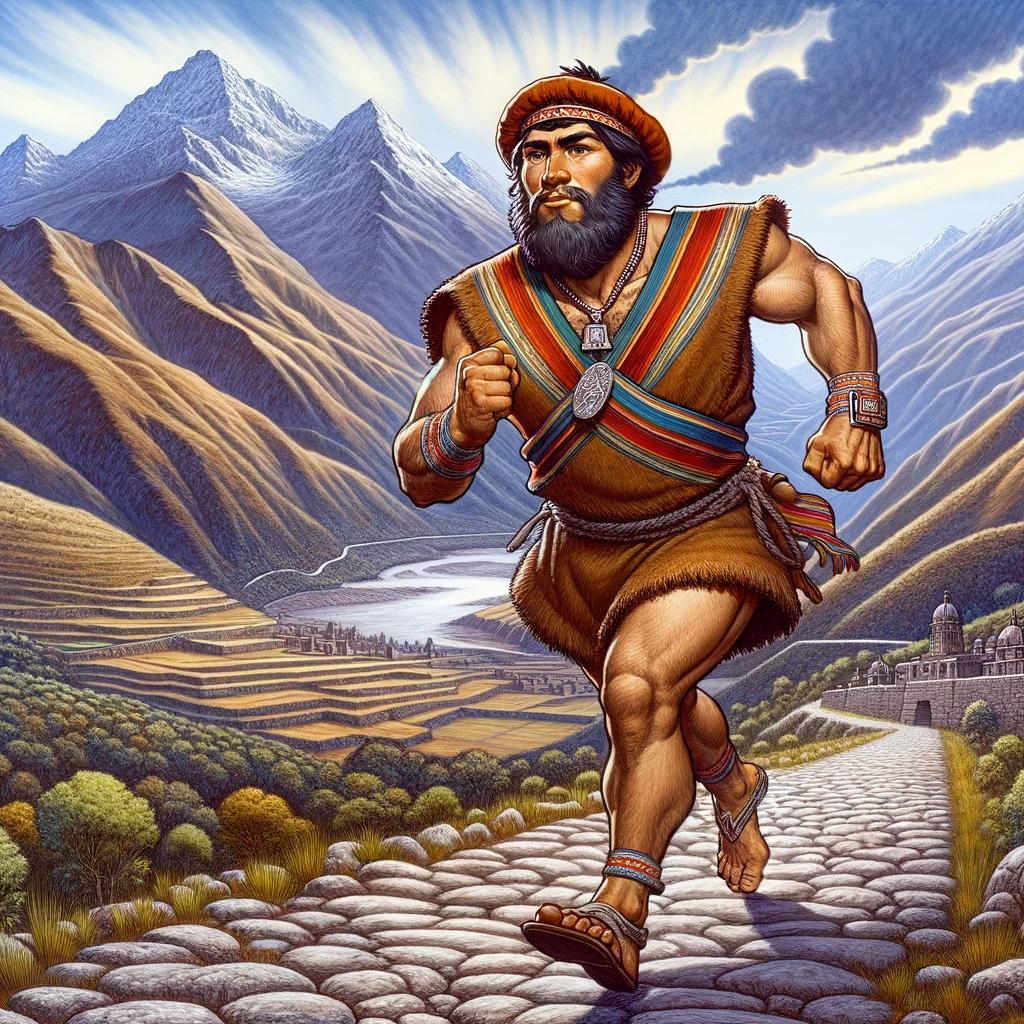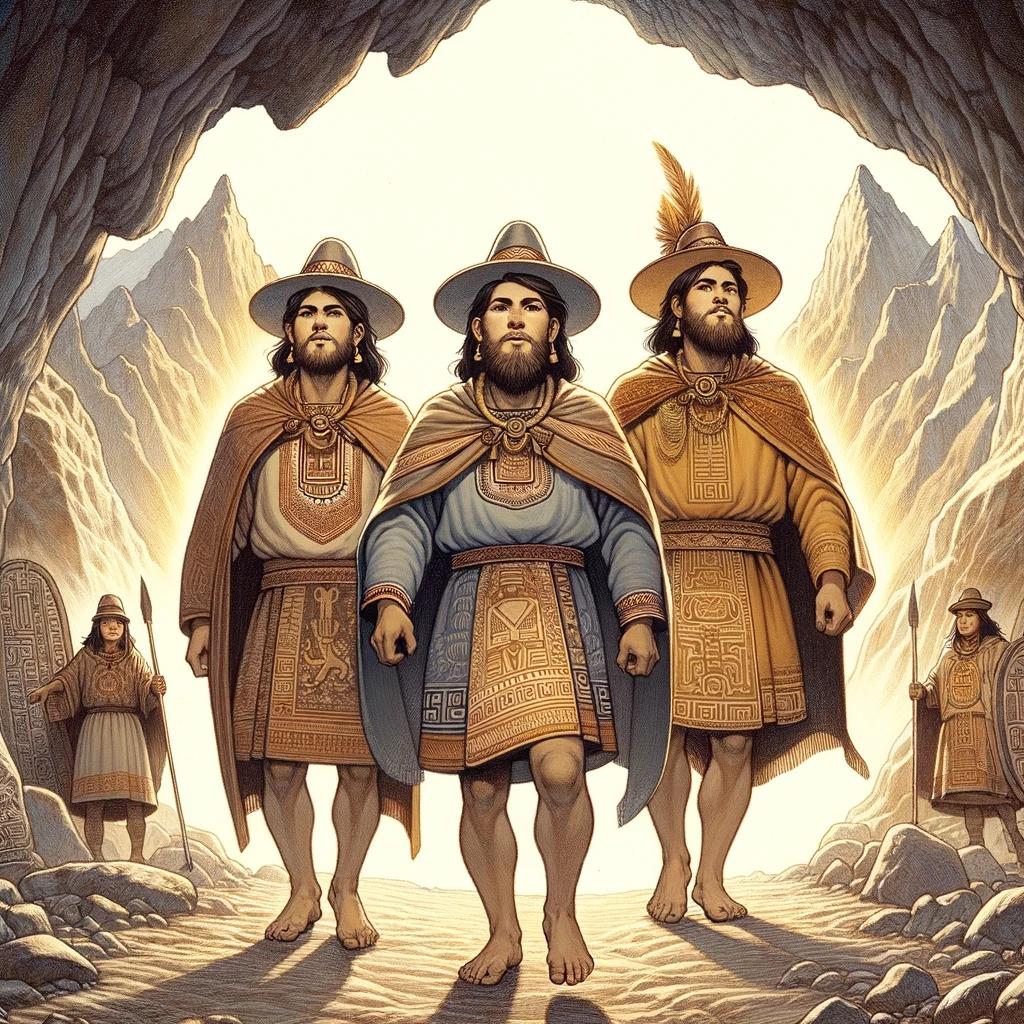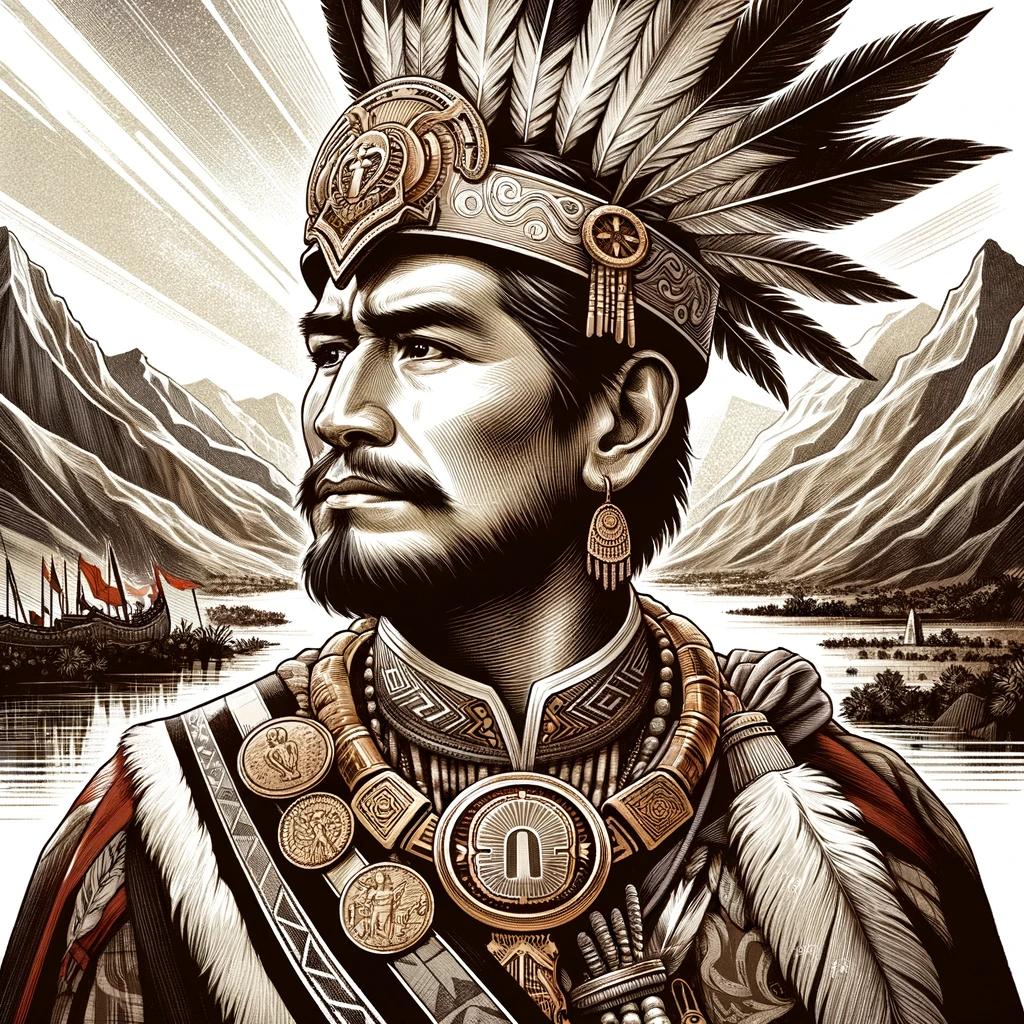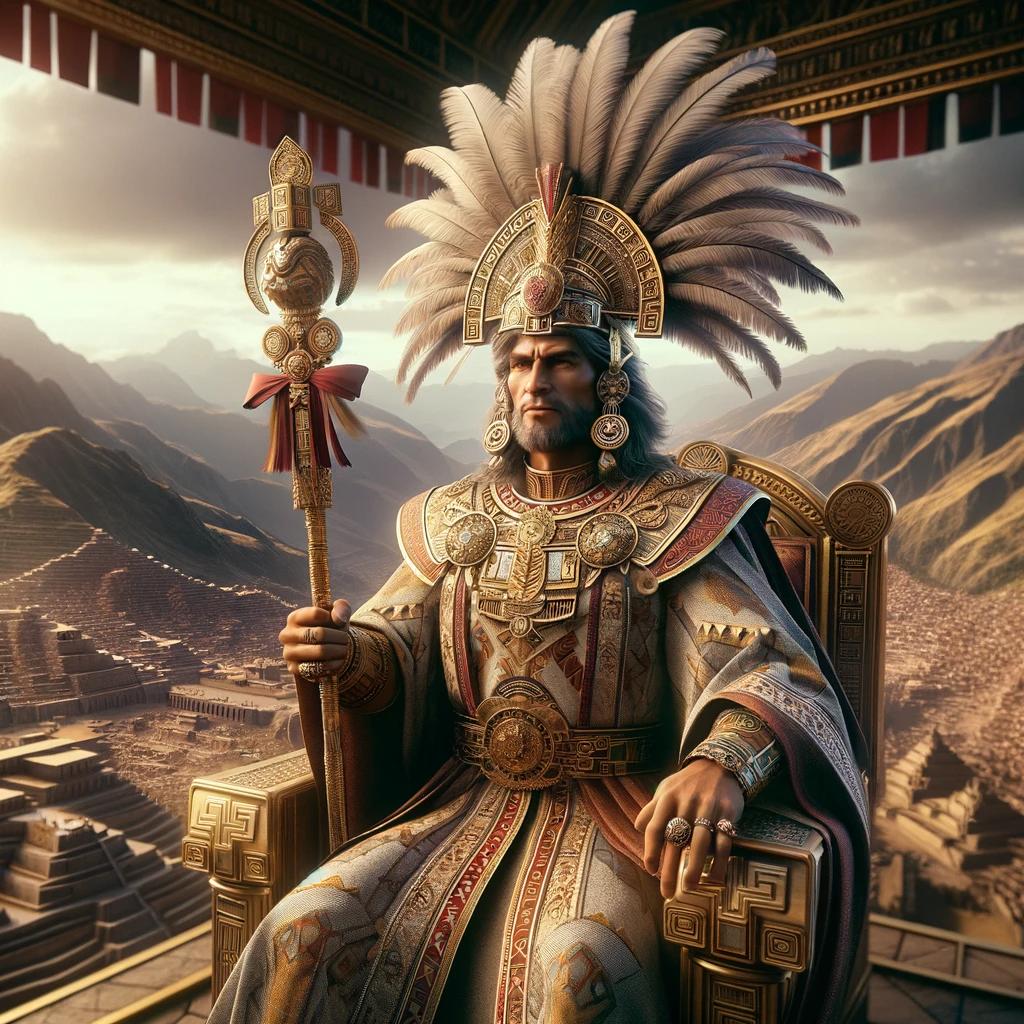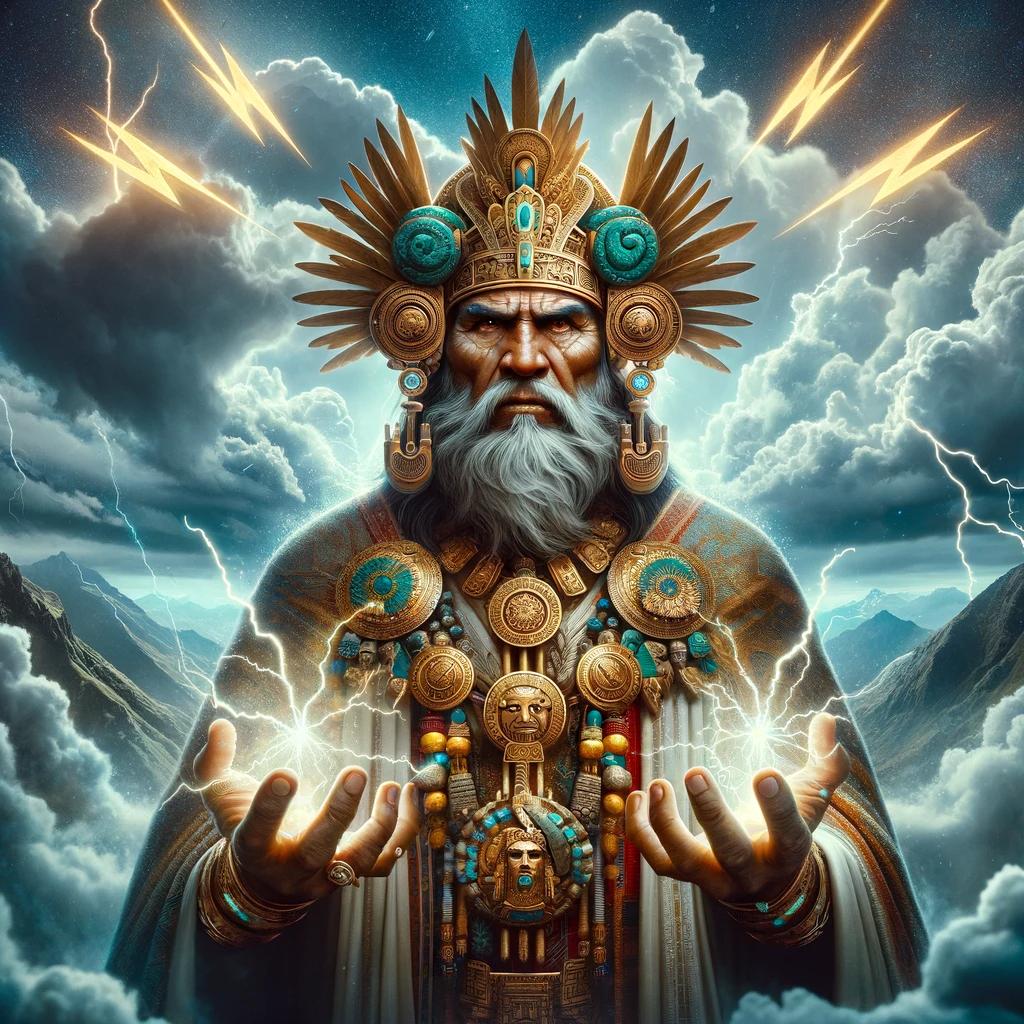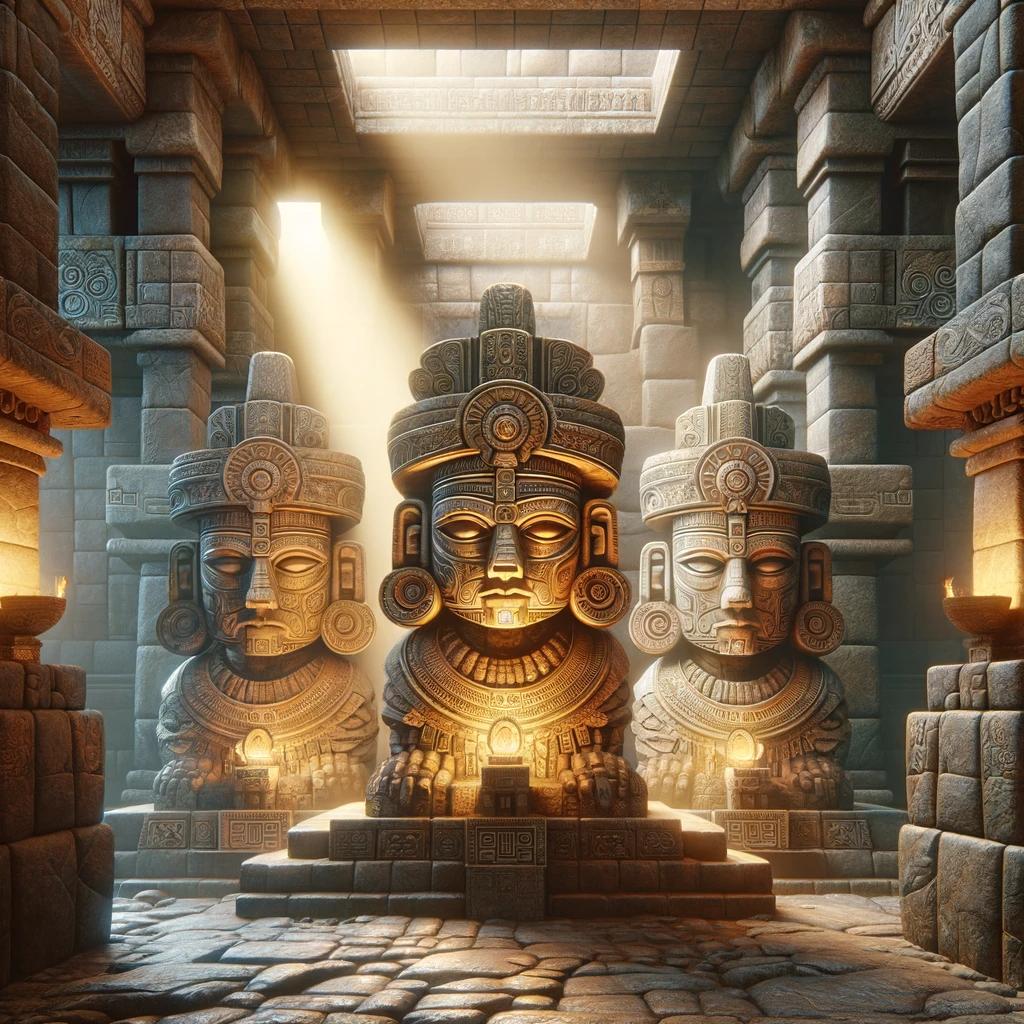Mama Zara Inca: Exploring the Ancient Goddess of Corn and Grain
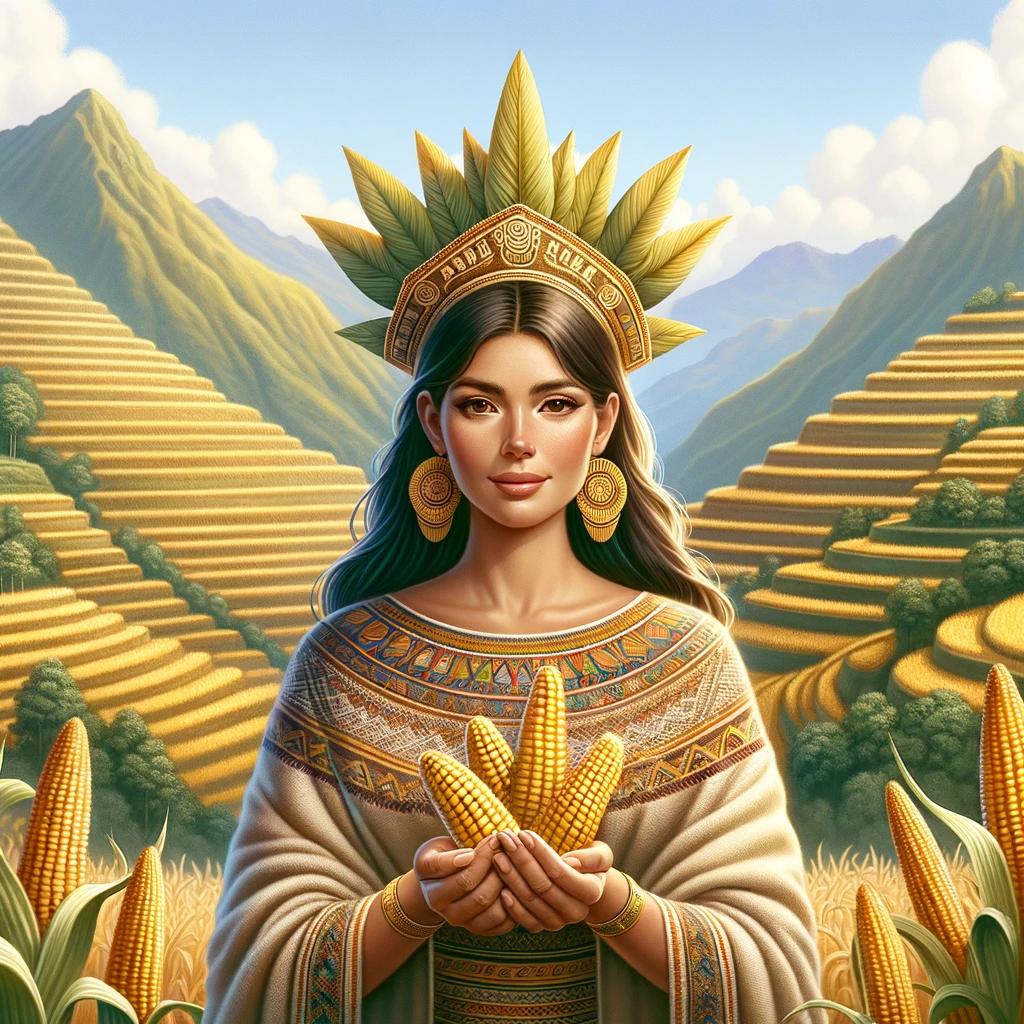
Mama Zara, the ancient Inca goddess, holds a significant place in Inca mythology and religious beliefs. She was created by Inti, the sun god, and transformed into corn as a result of divine intervention.
This divine tale showcases her role as a symbol of fertility and abundance. Mama Zara’s association with other prominent Incan deities, such as Viracocha and Mama Allpa, further solidifies her importance in the Incan pantheon.
Her symbolism extends beyond the Inca civilization, connecting with diverse mythologies worldwide, including Celtic, Norse, Buddhism, and Islamic traditions. Explore the fascinating legacy and influence of Mama Zara in this comprehensive article.
The Origins of Mama Zara
Goddesses in Inca Mythology played significant roles in the religious beliefs of the ancient civilization. One such deity is Mama Zara, a revered figure associated with fertility and abundance. She holds a special place in Inca cosmology and is believed to have been created by Inti, the powerful Sun God.
Goddesses in Inca Mythology
In the rich tapestry of Inca mythology, goddesses held immense importance. They were revered as elemental forces and symbolized various aspects of life, nature, and spirituality. These powerful deities played vital roles in shaping the Inca’s religious practices and belief system.
Creation of Mama Zara by Inti, the Sun God
According to Inca mythology, Mama Zara came into existence through the divine intervention of Inti, the revered Sun God. With his immense power, Inti created Mama Zara as an embodiment of beauty, piety, and divine grace.
This act highlighted the association between Mama Zara and the celestial forces that governed the Incan pantheon.
Transformation into Corn: A Divine Tale
A fascinating element of Mama Zara’s mythos is her transformation into corn. In an intriguing turn of events, Mama Zara was changed into a bundle of corn by Inti as a means to protect her from the unwanted advances of a lascivious priest.
This divine metamorphosis elevated the significance of Mama Zara in Inca culture and solidified her role as a divine guardian of agriculture, sustenance, and fertility.
Mama Zara and the Incan Pantheon
Mama Zara, the revered Inca goddess, played a significant role in the Incan pantheon.
Her importance in Inca religion cannot be overstated, as she held a position of prominence alongside other powerful deities. Let us explore the various aspects of Mama Zara’s presence within the Incan pantheon and her connections with other gods and goddesses.
The Role of Mama Zara in Inca Religion
In Inca religion, Mama Zara held a vital role as the goddess of corn and grain. She symbolized fertility, abundance, and the prosperity of the harvest. Worshipped by the Inca people, Mama Zara was called upon to bless their agricultural practices and ensure bountiful crops.
Her presence was believed to be essential for the sustenance and well-being of the Incan society.
Connections with Viracocha, the Supreme God
Mama Zara shared a profound connection with Viracocha, the supreme god in Inca mythology. Viracocha was considered the creator of the universe and held immense power over all aspects of life.
As the goddess of corn and grain, Mama Zara’s association with fertility and agricultural abundance resonated closely with Viracocha’s role as the creator and sustainer of life. Together, they formed a divine partnership that influenced the spiritual beliefs and practices of the Inca people.
Other Incan Deities Associated with Mama Zara
Inti, the Sun God
Mama Allpa, the Earth Goddess
Supay, the God of the Underworld
Inti, the radiant sun god, played a significant role in Inca mythology. Mama Zara had a strong connection with Inti, as her transformation into corn was attributed to his intervention.
The sun’s warmth and light were essential for the growth and nourishment of corn, making Inti an integral part of Mama Zara’s story and worship.
Mama Allpa, the nurturing earth goddess, shared a close relationship with Mama Zara.
Together, they represented the harmonious balance between the heavens and the earth, fertility and abundance. Mama Allpa’s role in facilitating the growth of corn and providing the fertile ground for its cultivation made her an important companion to Mama Zara.
Supay, the powerful god of the underworld, was also associated with Mama Zara. Although his realm of the underworld may seem distant from the realm of corn and agriculture, Supay’s role in the spiritual world made him intricately connected to the cycle of life and death.
Mama Zara’s association with Supay symbolized the cyclical nature of the harvest, where crops would grow, be harvested, and return to the earth to provide nourishment for future plantings.
By delving into Mama Zara’s role in Inca religion and her connections with other deities, a deeper understanding of the intricate belief system and spiritual practices of the Incas begins to unfold.
The Symbolism and Meanings of Mama Zara
Mama Zara, the mystical deity of the Inca civilization, holds profound symbolism and meanings within their culture. Reflecting the interconnected relationship between the divine and earthly realms, the symbols associated with Mama Zara encompass the sacredness of corn and grain, the significance of the maize crop, and the lasting influence on Incan agriculture.
Corn and Grain as Sacred Symbols
- The Inca people held corn and grain as essential symbols of sustenance and fertility.
- Symbolizing abundance and nourishment, corn and grain represented the life-giving forces within the Incan worldview.
- Mama Zara embodied the spirit of these symbols, becoming a sacred guardian of harvests and agricultural prosperity.
The Relationship with the Maize Crop
- The intimate connection between Mama Zara and the maize crop held great significance in Incan society.
- The Inca people recognized corn as a fundamental crop that sustained their population and formed the cornerstone of their agricultural practices.
- Mama Zara’s association with the maize crop extended to rituals and ceremonies dedicated to ensuring its cultivation success.
Influence of Mama Zara on Incan Agriculture
- Mama Zara played a vital role in Incan agriculture, guiding and protecting farming endeavors.
- Her divine influence inspired agricultural practices, including planting techniques, crop management, and the preservation of seeds.
- The Inca civilization honored Mama Zara and sought her blessings to ensure bountiful harvests and the sustenance of their people.
Influence and Legacy of Mama Zara
As an important deity in Inca mythology, Mama Zara’s influence extended beyond religious beliefs and rituals.
This section explores her impact on various aspects of Incan culture, including art, architecture, and significant rituals and festivals dedicated to her.
Mama Zara in Incan Art and Architecture
Mama Zara’s revered status is evident in the art and architecture of the Inca civilization. She is often depicted in intricate carvings, tapestries, and pottery, showcasing her connection to fertility and agriculture.
In architectural marvels like Machu Picchu, her presence can be seen in the carefully constructed agricultural terraces and the integration of natural elements in the design.
Rituals and Festivals Dedicated to Mama Zara
Throughout the Incan calendar, various rituals and festivals honored Mama Zara, celebrating her significance as the goddess of corn and grain.
One such celebration was the Inti Raymi, a grand festival held during the winter solstice, where offerings of corn and other agricultural products were made to ensure bountiful harvests. Another important ritual was the Choclo Feast, where roasted corn was shared to symbolize abundance and communal harmony.
In addition to these grand festivities, smaller daily rituals were performed by individuals to acknowledge Mama Zara’s presence and seek her blessings for a prosperous agricultural life. These rituals often involved the planting, harvesting, and preparation of corn, accompanied by prayers and offerings.
- Artistic representations in carvings, tapestries, and pottery
- Incorporation in architectural design, such as Machu Picchu
- Inti Raymi: Winter solstice festival offering corn and agricultural products
- Choclo Feast: Communal celebration of roasted corn
- Daily rituals for agricultural blessings and prosperity
These rituals and festivals dedicated to Mama Zara not only expressed gratitude to her but also reinforced the cultural significance of corn and its vital role in sustaining Incan society.
Mama Zara and Other World Mythologies
Exploring the cross-cultural connections and parallels between Mama Zara and other world mythologies offers insights into the universal themes and archetypes that resonate across different cultures and traditions. Let us delve into the fascinating connections with Celtic and Slavic mythologies, as well as comparisons with Norse and Greek mythologies.
Additionally, we will explore the intriguing presence of Mama Zara in Buddhism and Islamic traditions.
Cross-cultural Connections with Celtic and Slavic Mythologies
Mama Zara’s significance extends beyond the Inca civilization, with intriguing parallels found in Celtic and Slavic mythologies. Both Celtic and Slavic traditions revered goddesses associated with fertility and the harvest, much like Mama Zara.
The concept of a divine feminine figure linked to the abundance and sustenance of the earth further deepens our understanding of Mama Zara’s universal symbolism.
Comparisons with Norse and Greek Mythologies
When comparing Mama Zara with Norse and Greek mythologies, we discover remarkable similarities and shared themes.
Norse mythology has Freyja, the goddess of fertility and agriculture, whose deeper connections with the earth mirror Mama Zara’s nature. In Greek mythology, Demeter, the goddess of agriculture, represents an analogous figure to Mama Zara, embodying the cycle of life and harvest.
Mama Zara in Buddhism and Islamic Traditions
Interestingly, Mama Zara’s influence transcends cultural boundaries, as she can also be found in Buddhism and Islamic traditions. Buddhism recognizes the importance of nurturing and sustaining life, qualities exemplified by Mama Zara’s association with fertility and agriculture.
Islamic traditions emphasize the sacredness of nature and the provision of sustenance, aligning with the symbolism and meaning of Mama Zara.

